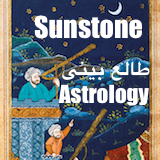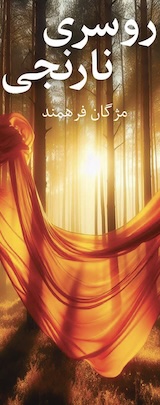Antoin Sevruguin (Persian آنتوان سورگین: 1830–1933) was a photographer in Iran during the reign of the Qajar dynasty (1785–1925). Born into a Russian family of Armenian-Georgian origin in the Russian embassy of Tehran, Iran: Antoin Sevruguin was one of the many children of Vasily Sevryugin and a Georgian Achin Khanoum. Vasily Sevryugin was a Russian diplomat to Tehran. Achin had raised her children in Tbilisi, Georgia, because she was denied her husband’s pension. After Vassil died in a horse riding accident Antoin gave up the art form of painting, and took up photography to support his family. His brothers Kolia and Emanuel helped him set up a studio in Tehran on Ala al-dawla Street (today Ferdowsi St.). Read the rest on Wikipedia
Antoin Sevruguin managed and operated one of the most successful commercial photography studios in Tehran, Iran, in the late 19th century. Born in the 1840s in Iran, Sevruguin’s mother returned with her children to her hometown of Tbilisi, Georgia, after his father Vassil, a Russian diplomat in Iran, died in a horse-riding accident. Trained as a painter, Sevruguin returned to Iran in the early 1870s accompanied by his two brothers, establishing a photography studio first in Tabriz and then Tehran. His studio’s ties to Tbilisi, however, persisted through the years; many of the early portraits of dervishes and women have been simultaneously attributed to Antoin Sevruguin and Dimitri Yermakov, the Georgian photographer who is often referred to as Sevruguin’s mentor from Tbilisi.
Many of Antoin Sevruguin’s photographs were published as early as 1885 in travelogues, journals, and books, indicating that by that time he had a fully established practice on Tehran’s Ala al-Dawla Street, with ties to the court of Nasir al-Din Shah Qajar. Often unacknowledged as the producer of published images in his own time—the 1902 photographic survey of Persepolis being the most glaring of such authorial misrepresentations—he was nevertheless celebrated and acknowledged for his artistic vision and his keen eye for composition, earning the Medal of Lion and Sun from Nasir al-Din Shah, the 1897 Medal of Hono r in the Brussels International Exposition, and the 1900 Medal of Honor in the Paris International Exposition.
Reflecting a career that spans nearly half a century, Sevruguin’s diverse body of work includes studio portraits of families, women, and dervishes ; survey photographs of archaeological sites, objects, landscapes, and architecture; and photographs of royalty, high officials, and ceremonies of the Qajar court. The range of his output not only demonstrates his own pictorial concerns and artistic abilities, but also the divergent interests of his clients. Despite numerous devastating incidents throughout his career — the loss of more than half of his negatives in a 1908 blast and fire, an unsuccessful attempt at diversifying into cinematography in the 1910s, and the confiscation of the remainder of his negatives in the mid-1920s, to name a few— his studio remained operational even after his death in 1933. A number of negatives from the Sevruguin studio can be dated to the years after Antoin’s death, indicating that the studio continued to be commercially viable. As one of the most prolific early commercial photographers in Iran, Antoin Sevruguin’s artistic legacy has since proved far more enduring. [Shabnam Rahimi-Golkhandan, F |S curatorial research specialist]










Extraordinary collection! I thought I had seen all of Sevruguin’s work before. But most of these were new to me. Amazing historic record. Thank you for sharing.